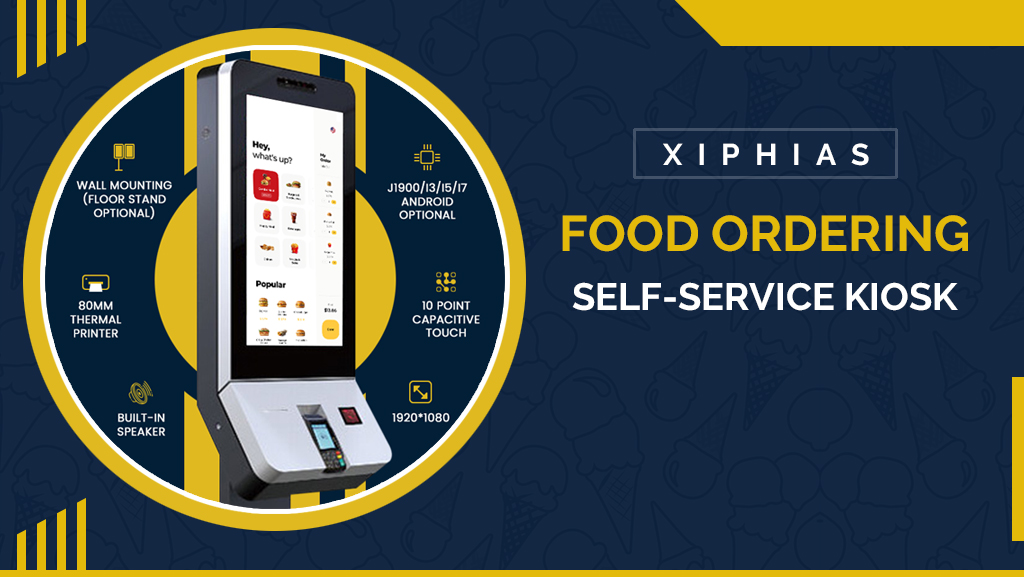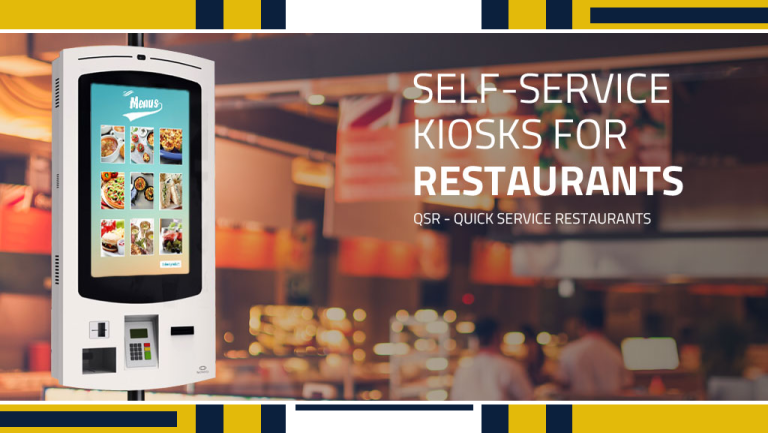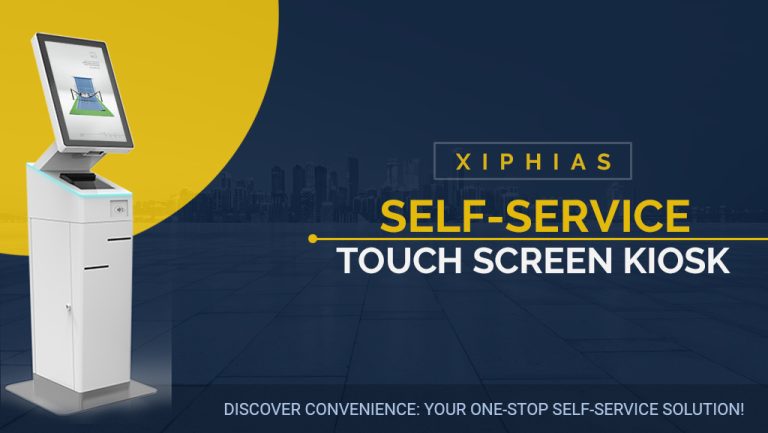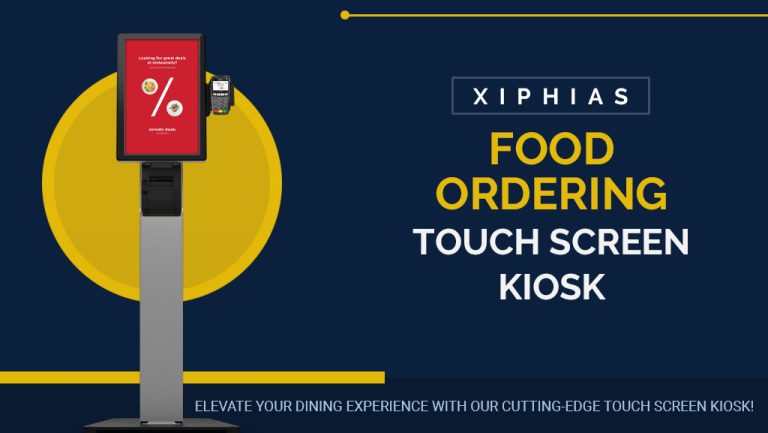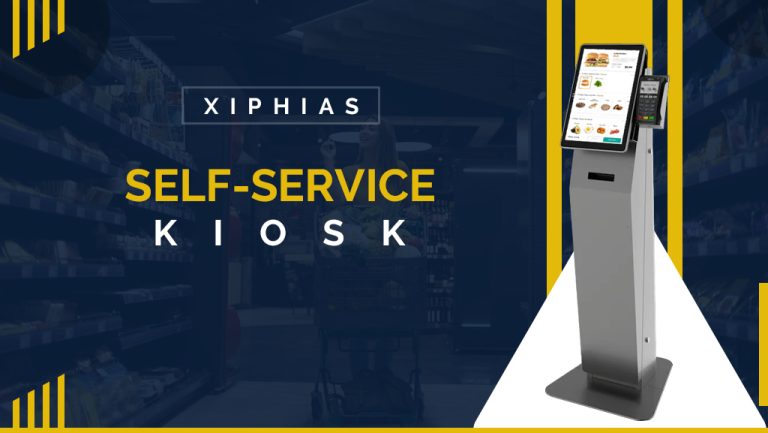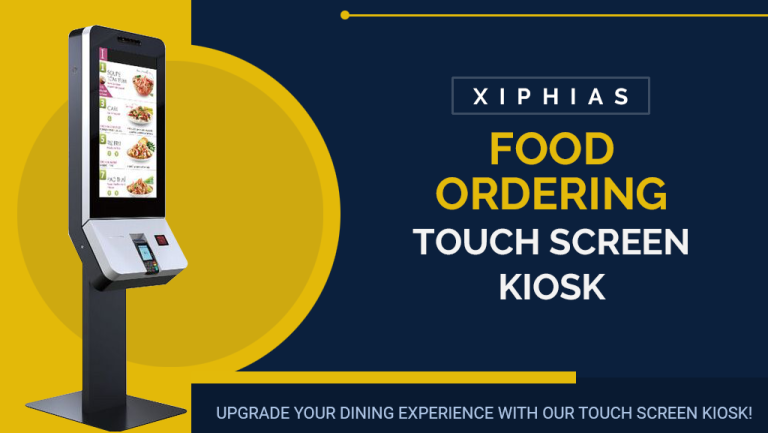How AI and Personalization Are Taking Food Ordering Kiosks to the Next Level?
Food ordering kiosks have become a staple in modern restaurants, especially in quick-service and fast-casual dining environments. These kiosks are not only efficient but also align with consumer preferences for convenience and control over their ordering process. Today, the integration of artificial intelligence (AI) and personalization is transforming these kiosks into powerful tools that elevate customer experience, streamline operations, and boost revenue. This blog explores how AI and personalization are driving innovation in food ordering kiosks and taking them to the next level.
The Evolution of Food Ordering Kiosks
Food ordering kiosks initially focused on simplifying the ordering process. They eliminated long queues, reduced human error, and provided a streamlined alternative to traditional cashier-based systems. Over time, these kiosks have evolved into sophisticated platforms powered by AI, enabling restaurants to offer a more engaging and personalized experience.
AI in Food Ordering Kiosks: A Game-Changer
Enhanced Menu Recommendations
AI algorithms analyze customer preferences, past orders, and trending menu items to deliver personalized recommendations. For instance, a frequent visitor might see suggestions for their favorite meals or new dishes that match their tastes. This targeted approach increases the likelihood of upselling and cross-selling.
Dynamic Pricing and Promotions
AI enables dynamic pricing models based on demand, inventory levels, and customer behavior. Personalized promotions, such as discounts on preferred items or combo deals, can be displayed on the kiosk, encouraging repeat purchases and increasing customer loyalty.
Natural Language Processing (NLP) for Better Interactions
Advanced AI-powered kiosks leverage NLP to enable voice ordering. Customers can speak their preferences, and the system accurately interprets their requests. This feature enhances accessibility for differently-abled individuals and adds a layer of convenience.
Inventory Management Integration
AI integrates with inventory systems to ensure menu options are up-to-date. For example, if an ingredient runs out, the kiosk automatically updates the menu, removing unavailable items or offering alternatives. This reduces customer frustration and ensures a seamless experience.
Predictive Analytics for Demand Forecasting
AI can predict peak ordering times and popular menu items based on historical data. Restaurants can use this information to prepare efficiently, minimizing food waste and optimizing staff allocation.
The Role of Personalization in Food Ordering Kiosks
Customizable Menus
Personalization allows customers to tailor their meals according to dietary preferences, allergies, or calorie intake. AI remembers these preferences for future visits, creating a sense of familiarity and trust.
Localized Experiences
For chain restaurants, kiosks can adapt to local tastes and cultural preferences. AI-driven insights help design region-specific menus that resonate with the target audience, boosting customer satisfaction.
Loyalty Program Integration
Personalization extends to loyalty rewards. AI-powered kiosks integrate seamlessly with loyalty programs, displaying points, rewards, and exclusive offers during the ordering process. This feature encourages customers to return and redeem their benefits.
Customer Profiles
Kiosks equipped with AI recognize returning customers through phone numbers, app logins, or membership accounts. They display personalized greetings and order history, enabling quicker and more accurate orders.
Multilingual Support
Personalized kiosks support multiple languages, catering to diverse customer bases. This feature makes the ordering process inclusive and user-friendly.
Benefits of AI and Personalization in Food Ordering Kiosks
Improved Customer Experience
AI and personalization make interactions intuitive and engaging. Customers feel valued when their preferences are recognized and catered to, fostering loyalty.
Increased Sales and Revenue
Targeted upselling, cross-selling, and dynamic pricing strategies drive higher sales. Personalized promotions encourage customers to explore more of the menu.
Operational Efficiency
AI automates routine tasks like menu updates and inventory checks, freeing up staff to focus on customer service. Predictive analytics helps restaurants prepare for busy periods.
Enhanced Data Insights
Every interaction with the kiosk generates valuable data. AI analyzes this data to uncover trends, customer preferences, and areas for improvement, enabling data-driven decision-making.
Reduced Errors
Personalized interfaces reduce the likelihood of mistakes in orders. Customers can review their selections, ensuring accuracy and satisfaction.
Challenges in Implementing AI and Personalization
Initial Investment
AI-driven kiosks require significant upfront costs, including hardware upgrades, software integration, and employee training.
Privacy Concerns
Collecting customer data raises privacy issues. Restaurants must ensure robust data security measures and transparent policies to build trust.
Maintenance and Updates
AI systems require regular maintenance and updates to stay efficient and relevant. This ongoing investment can strain resources for smaller businesses.
User Adoption
Some customers may be hesitant to embrace AI-powered kiosks, especially those less familiar with technology. Providing user-friendly interfaces and optional human assistance can ease this transition.
Conclusion
AI and personalization are revolutionizing food ordering kiosks, transforming them into smart, customer-centric tools. By leveraging AI, restaurants can deliver exceptional experiences, improve efficiency, and boost profitability. As technology continues to advance, these kiosks will play a crucial role in shaping the future of dining. Embracing these innovations not only keeps businesses competitive but also fosters long-term customer loyalty.

